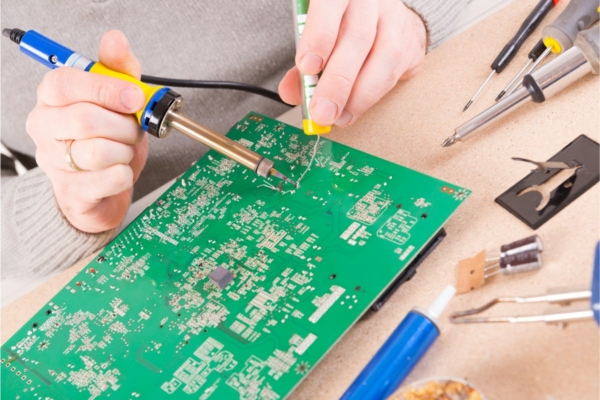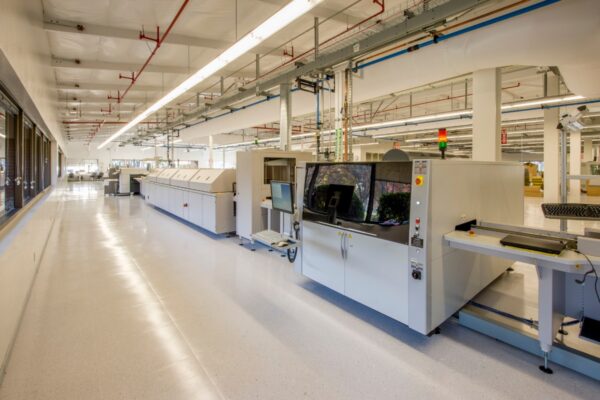What is Disturbed Solder Connection
A disturbed solder connection, also known as a disturbed solder joint or cold joint, describe a solder joint that has been disrupted or affected during the solidification process of the solder alloy. This disruption occurs when external mechanical influences, such as vibrations or movements, impact the molten state of the solder alloy as it transitions into a solid state.
One of the key visual indicators of a disturbed solder connection is the presence of a ripple or pattern on the surface of the solder joint. This visual formation is more commonly observed in through-hole soldering processes, such as wave soldering, but can also occur in surface mount technology (SMT) processes.
In through-hole soldering processes, external vibrations experienced by the assembly during the cooling process, such as those caused by jerky finger conveyors or high vibrations from exhaust systems, are major contributors. Operator actions, such as removing an assembly before the solder joints have solidified or transferring the PCB while the solder is still in a liquid state, can also lead to disturbed solder joints.
To prevent the occurrence of disturbed solder connections, it is crucial to stabilize the board after soldering and avoid any movements or vibrations before the solder has dried and solidified. Repairing a disturbed solder joint involves reheating the solder and allowing it to cool undisturbed. Proper preparation, including immobilizing the joint and stabilizing the work in a vise, can help prevent the formation of disturbed solder joints.





